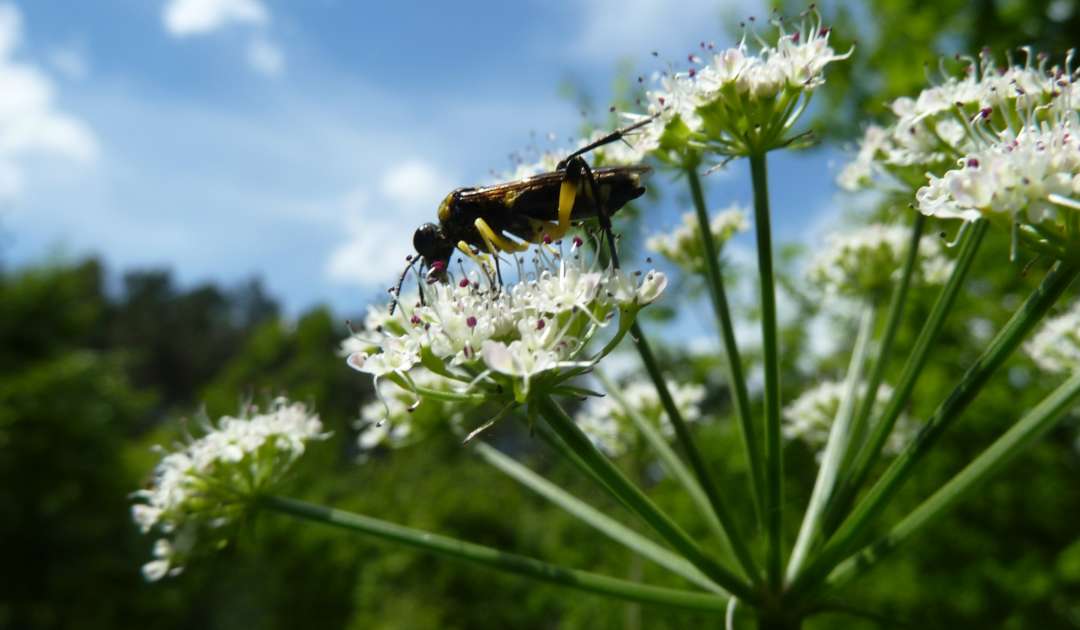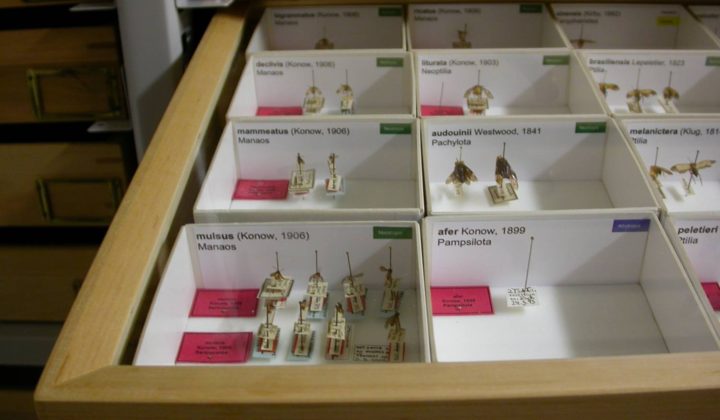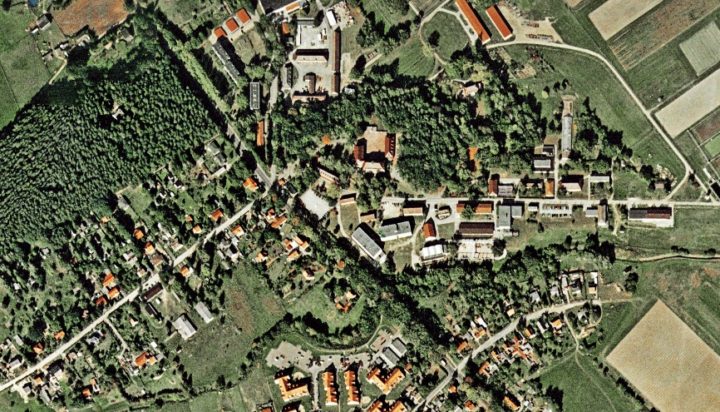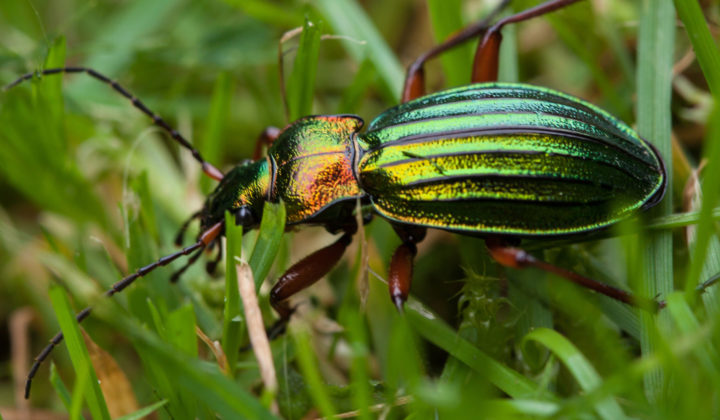Senckenberg Deutsches Entomologisches Institut
Research Hymenoptera Section
Research on Hymenoptera at the SDEI is principally dedicated to the paraphyletic group “Symphyta”, the so-called sawflies and woodwasps.
Externally funded projects and research themes have as their main objectives: collation of information in catalogues, recording of diversity at species level in the form of revisions and the explanation of evolutionary trends using phylogenetic methods.
HYMENOPTERA (BEES, WASPS, ANTS & ALLIES)
The Hymenoptera is one of the four mega-diverse insect orders. It is divided into the paraphyletic “Symphyta” with 25 families (of which 11 only fossil, †) and the Apocrita with 103 (of which 25 †). According to a recent survey (Rassmussen et al., in press) currently 8.358 (and 683 †) genera and 15.2734 (and 2.426 †) species are known. Many of these forms are represented in the type-rich collection of the Senckenberg Deutsches Entomologisches Institut (SDEI).
As a result of this great diversity and limited available manpower, research is concentrated at the institute on the suborder Symphyta (sawflies and woodwasps). The hymenopterists at the SDEI work both on cataloguing the world fauna of the suborder (Electronic World Catalog of Symphyta: ECatSym) and on several groups of sawflies, which play an important role in natural processes and for which on a worldwide scale very few or no specialists exist. Apart from treatment of the sawfly family Nematinae, funded within the framework of the Swedish Taxonomy Initiative (STI) (Project “The Swedish Nematinae”), also in the focus of ongoing research are the Ur-sawflies (Xyelidae), the web-spinning sawfly family Megalodontesidae as well as the large sawfly genus Tenthredo Linné. Much attention is also being given to the parasitoid Orussidae and invasive species.
The publication of staff appear in internationally recognised journals or monographies and are concerned with cataloguing and describing the forms, as well as their inventory, classification and phylogenetic reconstruction.
Research on Hymenoptera is centred in the field of phylogenetic systematics, whereby the spectrum of work extends from the correct application of names according to the International Code of Zoological Nomenclature, through comparitive morphology, to integrative taxonomy, zoogeography and ecology.
Work on the various topics is done within the framework of international cooperations and division of labour. The International Workshops on Sawflies, organised by the SDEI since 1997, offer a yearly forum fort he exchange of experiences.






